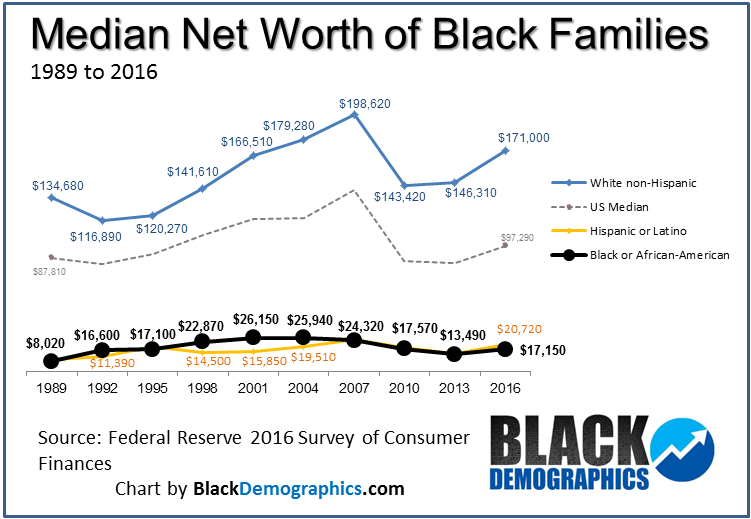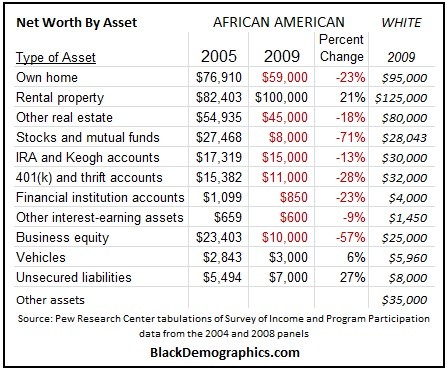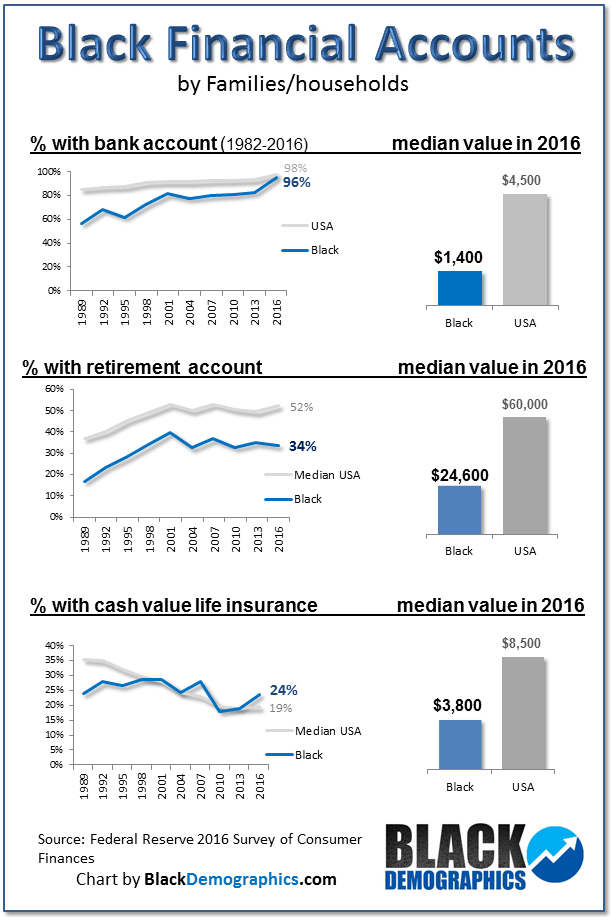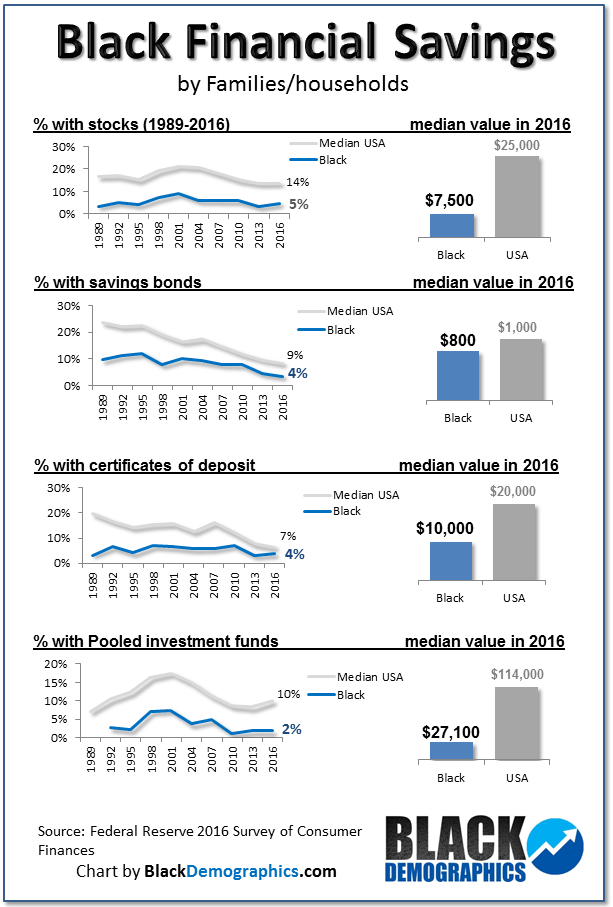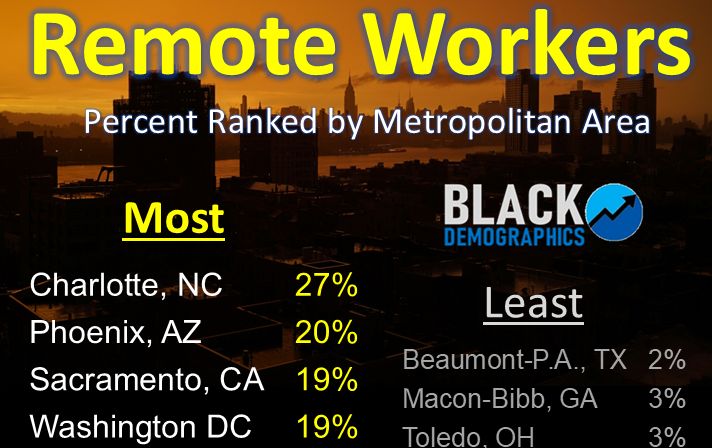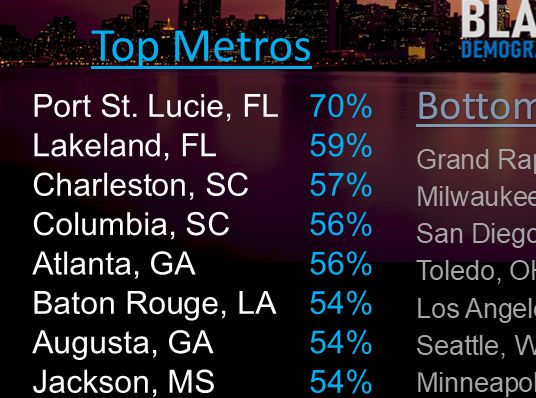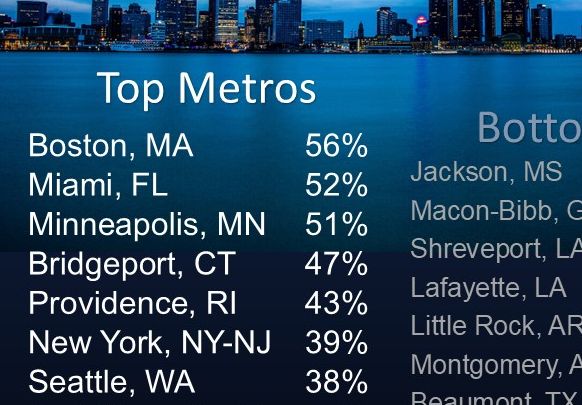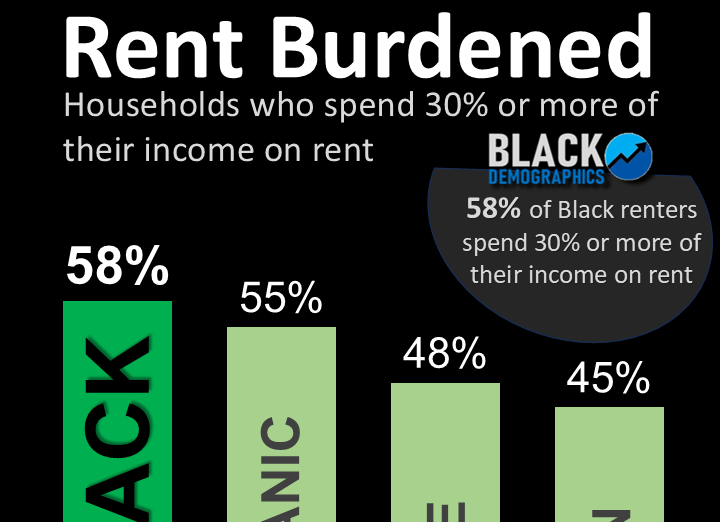The African American Middle Class
There has been a Black middle class in America since before emancipation from slavery. However in those times it was plagued by an extreme dorm of colorism which was a carryover from slavery. This was partly because many fair-skinned Black slaves were often favored and given work indoors being viewed as less threatening and sometimes were even fathered by the slave owners. Dispite this they were still segregated from whites after slavery and at the same time isolated and even scorned in some cases by the rest of the Black community. Many developed their own institutions, businesses, and places of worship. Some Black colleges even asked for photos with applications to keep from enrolling too many dark-skinned students.
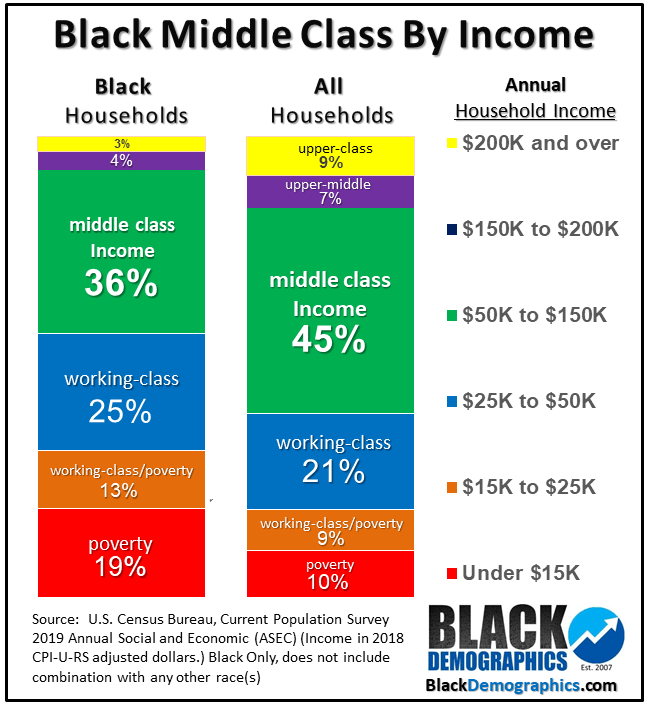
NOTE: Middle class income has been re-categorized on this website as $50K to 150K from $35K to $100K using guidance from Pew Research Center (8/12/2020).
Growth
Most of those who considered themselves middle-class were still red-lined to the inner city and lived among the working class and poor blacks. Things began to change with the Civil Rights movement. Since the 60s the Black middle class has grown tremendously and African Americans have moved into more white collar jobs and are more educated than ever before. No longer isolated and identified by skin tone many integrated into white middle class neighborhoods or in some areas developed their own black middle class neighborhoods.
By the 1990s middle class Black American communities had become well established and no longer exclusively connected to lower income Blacks. Communities such as South Dekalb (Atlanta), Prince George’s County (DC/MD), and Baldwin Hills (Los Angeles) sprung up across the country and are still growing today.
Income
There is no specific definition of what Middle Class is by name according to the U.S. Census Bureau or the Bureau of Labor Statistics. However, considering that middle class is above poverty, the nearest definition would be the ‘median income’. Median Income “is the amount which divides the income distribution into two equal groups, ½ having income above median and ½ having income below the median”. The real median household income for all households in 2009 was $49,777, the Black median household income is $29,328 as of 2010. As of 2009, it was $32,584.
Net Worth
Many who discuss income and middle class status do not take the financial health of a household into account such as overall wealth. Even though more African Americans have been able to enjoy middle class incomes in the last few decades, it has not been necessarily reflected in overall Black wealth. As a matter of fact increases gained in Black Net Worth were depleted during the most recent recession.
CLICK TO ENLARGE
One way of measuring wealth in addition to income is by considering ‘Net Worth’. This is calculated by taking household assets and subtracting liabilities. Assets may consist of holdings such as real estate, stocks, interest earning accounts, business equity, vehicles, etc.
In 1989 the median net worth of Black families was $8,020 which was a far cry from Whites who had a median net worth of $134,680. By 2001 the median net worth for African American families climbed to $26,150 as the White median net worth soared to $198,620 by 2004.
However due to the “Great Recession” by 2013 the Black median net worth dropped to $13,490 which was lower than it was in 1992 and anytime since. The White median net worth also dropped but only to $146,320 making the Black/white gap even wider than it was in the 80s or the 90s.
According the Pew Research Center Black household net worth is concentrated more in home ownership rather than other assets. Since African American home ownership and value was hit hardest in the recession by -23% and the majority of wealth was in their homes they lost much of their net worth. Blacks also lost larger percentages in stocks and mutual funds (-71%), 401K (-28%), and Business equity (-57%).


